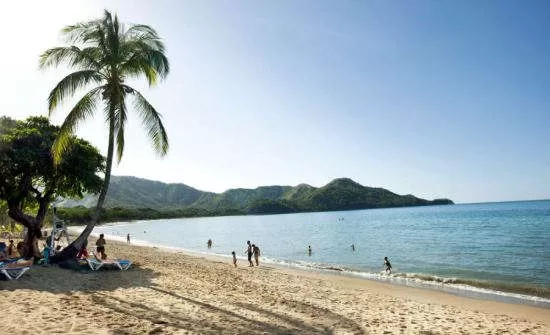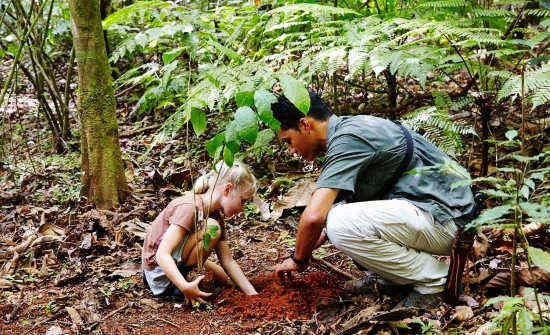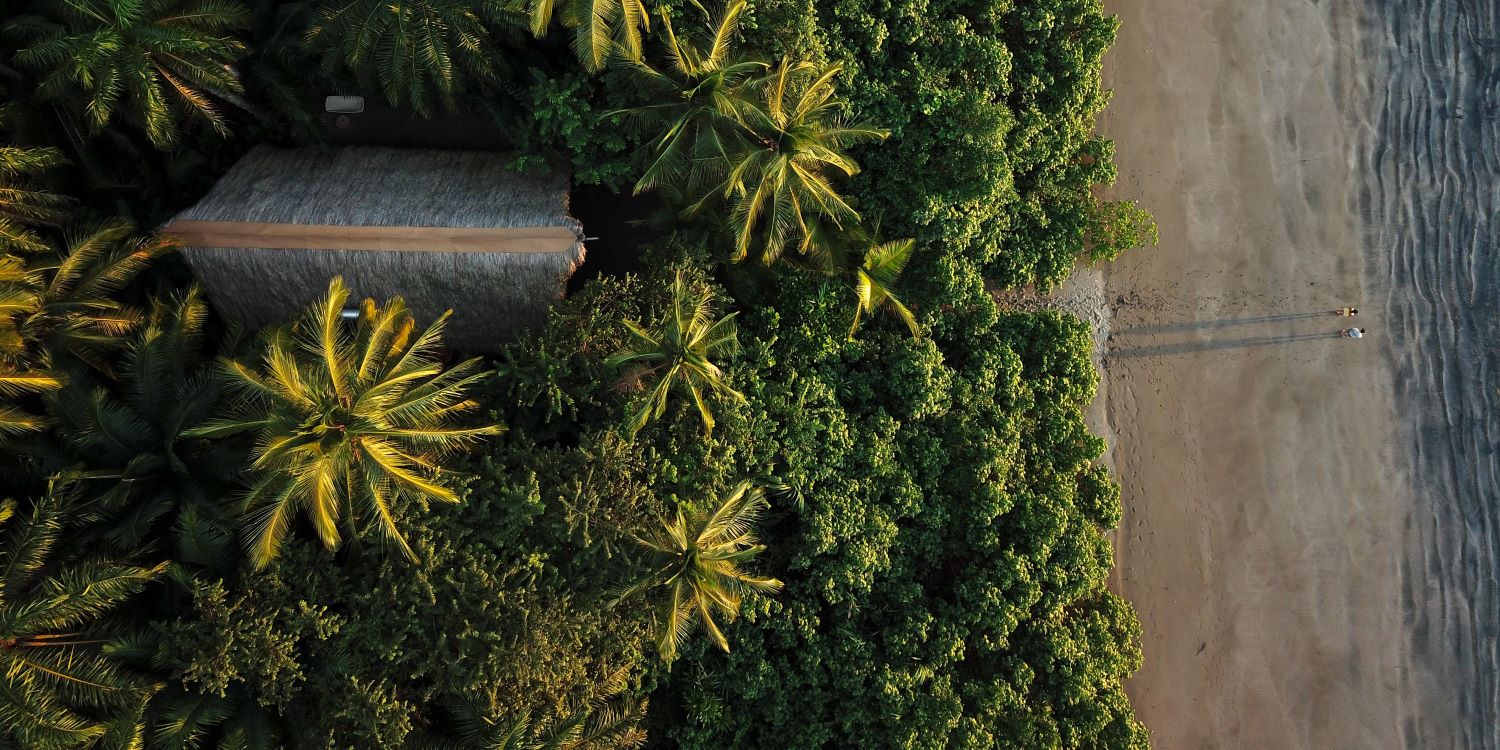If the Irish hadn’t claimed green as their national color in the early 1600s with the birth of St Patrick’s Day, the honor could have easily been given to Costa Rica. With the unique diversity the country offers, it should come as no surprise that Costa Rica promotes tourism that is sustainable in the long run. Recreational hunting is illegal. Catch-and-release fishing is encouraged. There has been talk of closing all of the country’s zoos. Costa Rica is the only country in the world to meet all five criteria for environmental sustainability. The following are just a few ways Costa Rica is leading the world toward more sustainable tourism.
Certification for Sustainable Tourism
The “Certification for Sustainable Tourism” or CST is a product created by the Costa Rica Tourism Board in an effort to encourage lodging and tour operators to use sustainable practices in their operations. Sustainably-minded hotels can apply for the certification ,which notes them as being particularly eco-friendly, with a scale of up to five leaves for approved locations.
The five leaf levels consider four categories: physical-biological parameters, infrastructure and services (lodging exclusively), service management (tour operators exclusively), external client, and socioeconomic impact. Each time you see a certificate label on a lodging or tour operator, you can rest assured that they not only efficiently handle any waste and have a water/electrical energy conservation program, but also that they promote the traditions and customs of Costa Rica while ensuring the care of the country’s natural beauty and giving back to local communities.
The Blue Flag Ecological Program

The Blue Flag Ecological Program aims to keep coastal beaches and waterways clean. The program addresses the microbiological quality of the ocean’s water, the quality of potable water, the quality of coastal sanitation areas, environmental education and security, and administration. If communities reach a minimum of 90% of requirements by the end of the year, they will earn the Ecological Blue Flag.
Renewable Energy
Costa Rica produces over 90% of its electricity through renewable means. Many hotels are investing in long-term energy solutions like solar power. The majority of Costa Rica’s remote rainforest destinations are keeping their accommodations basic with no air condition, no WiFi, and the power generator only accessible during certain hours of the day.
Carbon Neutrality

In 2007, Costa Rica’s government vowed to become the world’s first carbon-neutral destination by 2021. To reach its goal, the country has encouraged participation for sustainable projects such as forestry, energy, and construction with incentives. Many hotels are encouraging guests to get involved with tree planting or by sharing their internal programs for reducing their environmental footprint.
Rainforest Preservation Projects
The government encourages residents to invest in rainforest preservation projects. This has allowed rainforests to grow from 21% in 1987 to 52% in 2005. Over 25% of the land in Costa Rica is set aside for national parks, wildlife refuges, and other protected areas.
Forest Carbon Projects and CER credits
The Forest Carbon Projects and CER credits allow investors to invest in forestation projects and then sell their credits on the open market.





